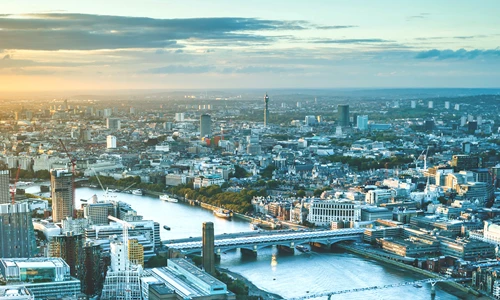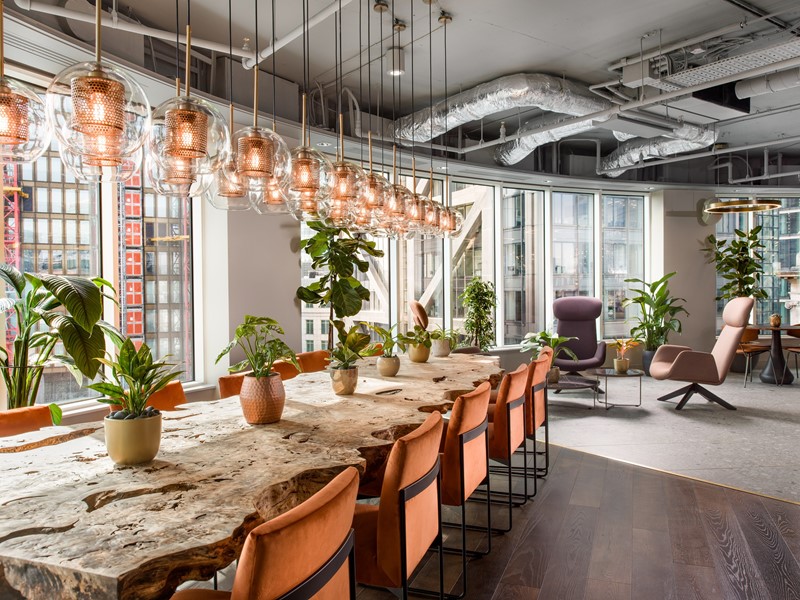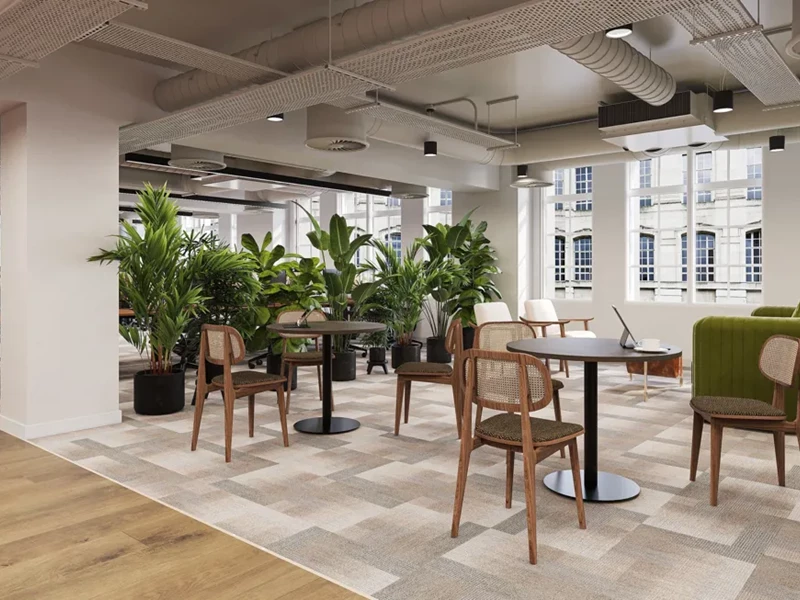With its dazzling lights, multitude of bars and restaurants and countless number of theatres and music venues, Soho has is a well-established London destination in its own right. Originally intended as a fashionable district for the aristocracy, the area has been one of the main entertainment districts in London since the 19th century.
As a result of its popularity, over the years the area has naturally become favorable with companies looking to be close to the hustle and bustle of Carnaby Street, Dean Street and Soho Square and subsequently it has become home to a number of tech and media businesses.
More recently, and with the advent of increasing office flexibility, Soho has become a destination for flexible office providers looking to capitalise on Soho’s prominent position close to Bloomsbury, Mayfair and St James’s. Although it is an area that has become increasingly expensive over the years, its central location and proximity to a wealth of amenities and transport links means it offers better value for money than some of it neighbours which have priced out some of the more entrepreneurial businesses. Top end prices in Soho can reach £1,150 pcm at the likes of Fora on Broadwick Street, with mid-range operators such as The Office Group charging £700 pcm, compared to Mayfair where you can expect to pay anything from £900 to £1,600 pcm.
In terms of occupier type in the flexible office sector, Soho is still a popular choice with creative and media companies that have traditionally favoured the area. Nevertheless, there has been a significant uptick in other sectors including real estate with Meyer Bergman, Otium Real Estate and Moorgarth Properties now all present in the area.
Interestingly, over the last couple of years the diversification in occupier type has meant a broader range of flexible office space available. Spaces such as Workpad, on Lexington Street, are more likely to fit in with the alternative feel that the rest of the area is so famous for yet others, such as The Argyll Club on 30 Broadwick Street, just across the road from Fora, has a much more corporate feel than might be expected in Soho.
The balance to remain attractive to both established companies as well as smaller start-ups is something the area has definitely got right. The demand for Mayfair-style space in a more upbeat area to cater for a younger workforce and easier access to engaging leisure establishments is apparent and, as such, flexible providers have responded with aplomb.
Although the price and limited supply (thanks to an intrinsic lack of new developments) in Soho will continue to be a challenge, the flexible office market can absolutely futureproof itself by continuing to diversity its offering by introducing a wider array of stock, including hybrid leasing. Despite the current macro-economic headwinds which have caused a period of uncertainty across the commercial real estate board, Soho’s historical draw and rich cultural scene will ensure it remains a firm favourite for flexible providers.







